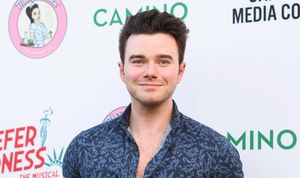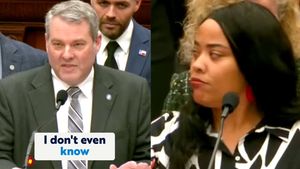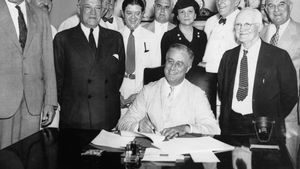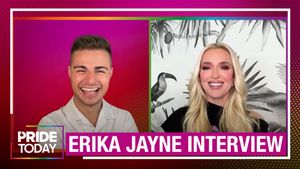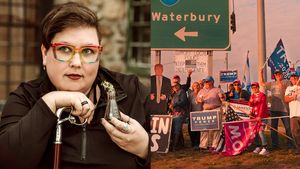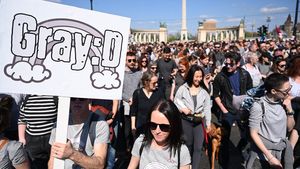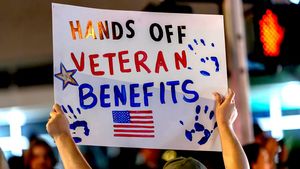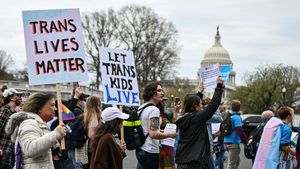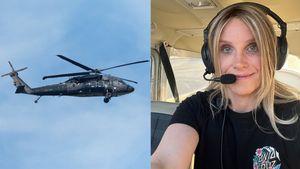"Shoutout to Nonbinary, Drags, Intersex & Trans of color. You are the museums of all museums," Bloom wrote in a recent post on her Instagram account. "It's crazy how you get in drag all your year round but none of us get into the biggest 'Drag' event of the year. Life imitating our everyday art."
She continued:
"Everybody wants to be queer for one day out of the year, but for the rest of the year everyone wants to play cis. But we get the hate all year long..."
Bloom makes a great point. The Met Gala is basically a drag show, and you can see the influence drag and ballroom culture have had on the event everywhere from corsets and shapewear, to giant wigs and over the top makeup.
Everyone praises celebrities like Zendaya, Lana Del Rey, and Jared Leto for the drag-inspired looks they wear on the red carpet over the years, and when cis men wear makeup or anything other than a black tuxedo, they get heaps of praise.
But where is that love for trans women? Where is that love for drag queens?
Most years, the number of trans and nonbinary people of color and drag queens is shockingly low.
This year at the Met Gala, only a handful of nonbinary and trans celebs or models of color walked the carpet, including J. Harrison Ghee, Janelle Monáe, and Lily Gladstone. Trans model Hari Nef also walked, as did nonbinary singer Sam Smith.
There were no drag queens or trans women of color who attended this year's gala.
Bloom is a history making model. When she appeared in the 2021 Sports Illustrated swimsuit issue, she became the first out transgender Black and Asian-American model to appear in the esteemed issue.





